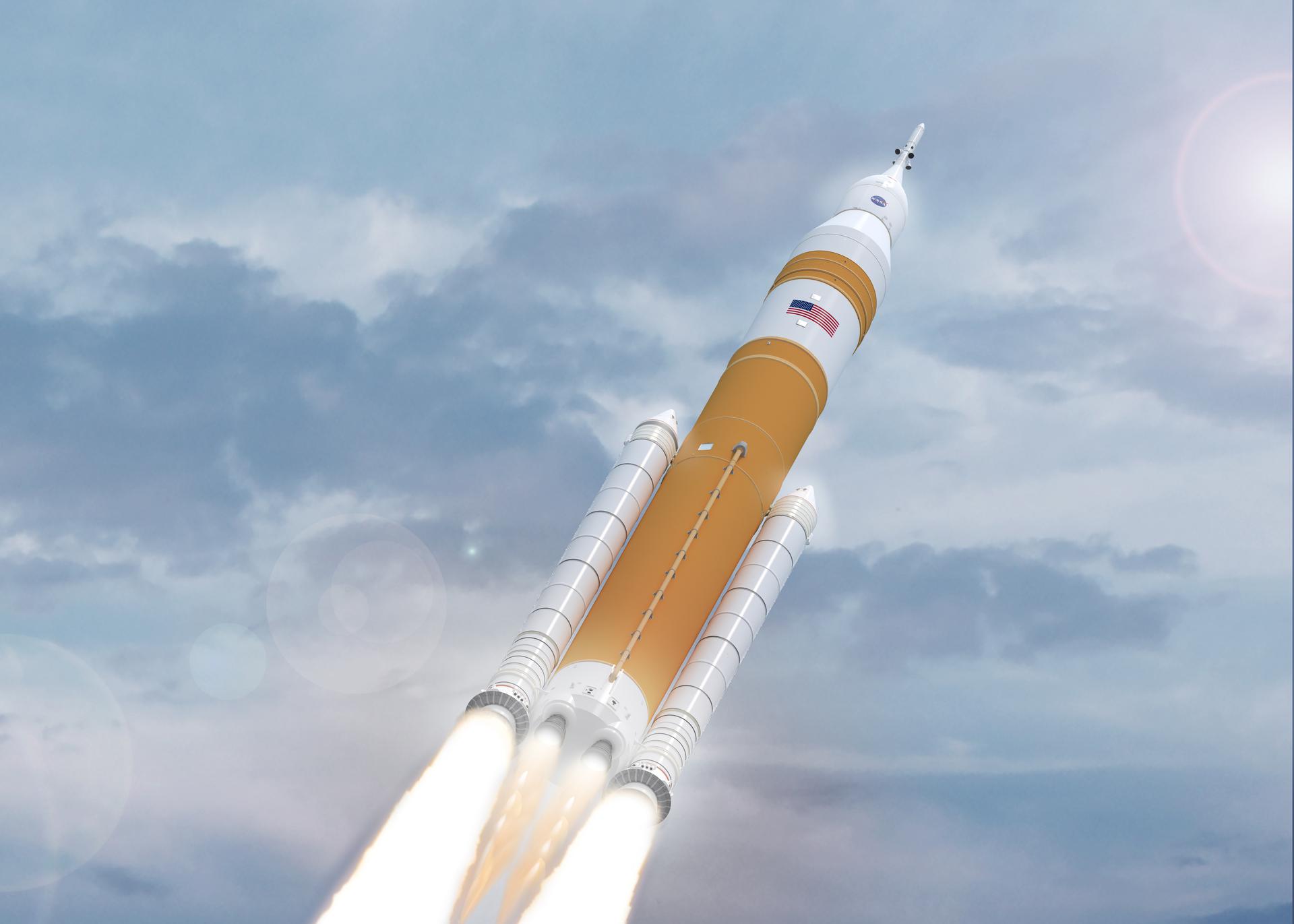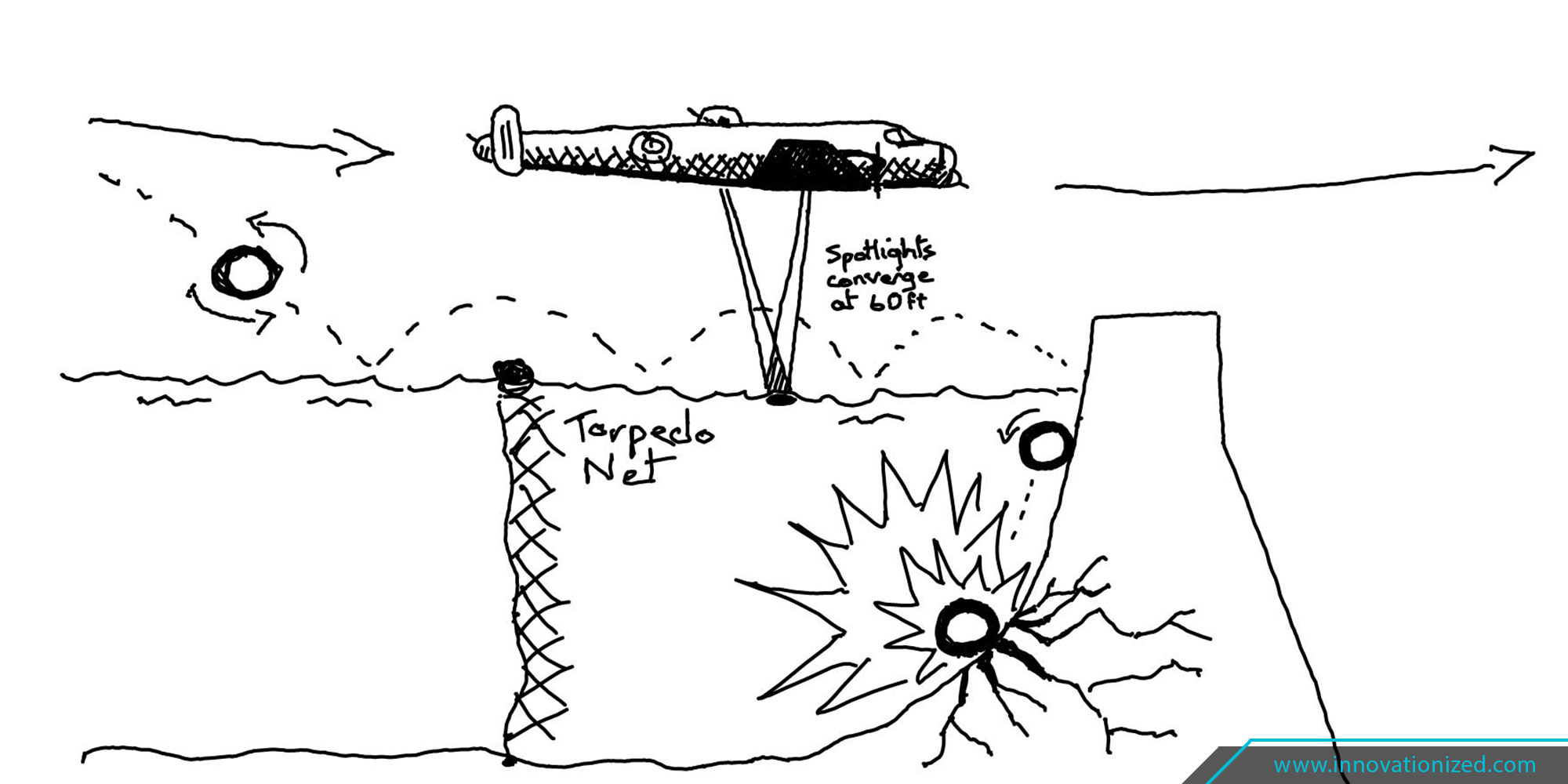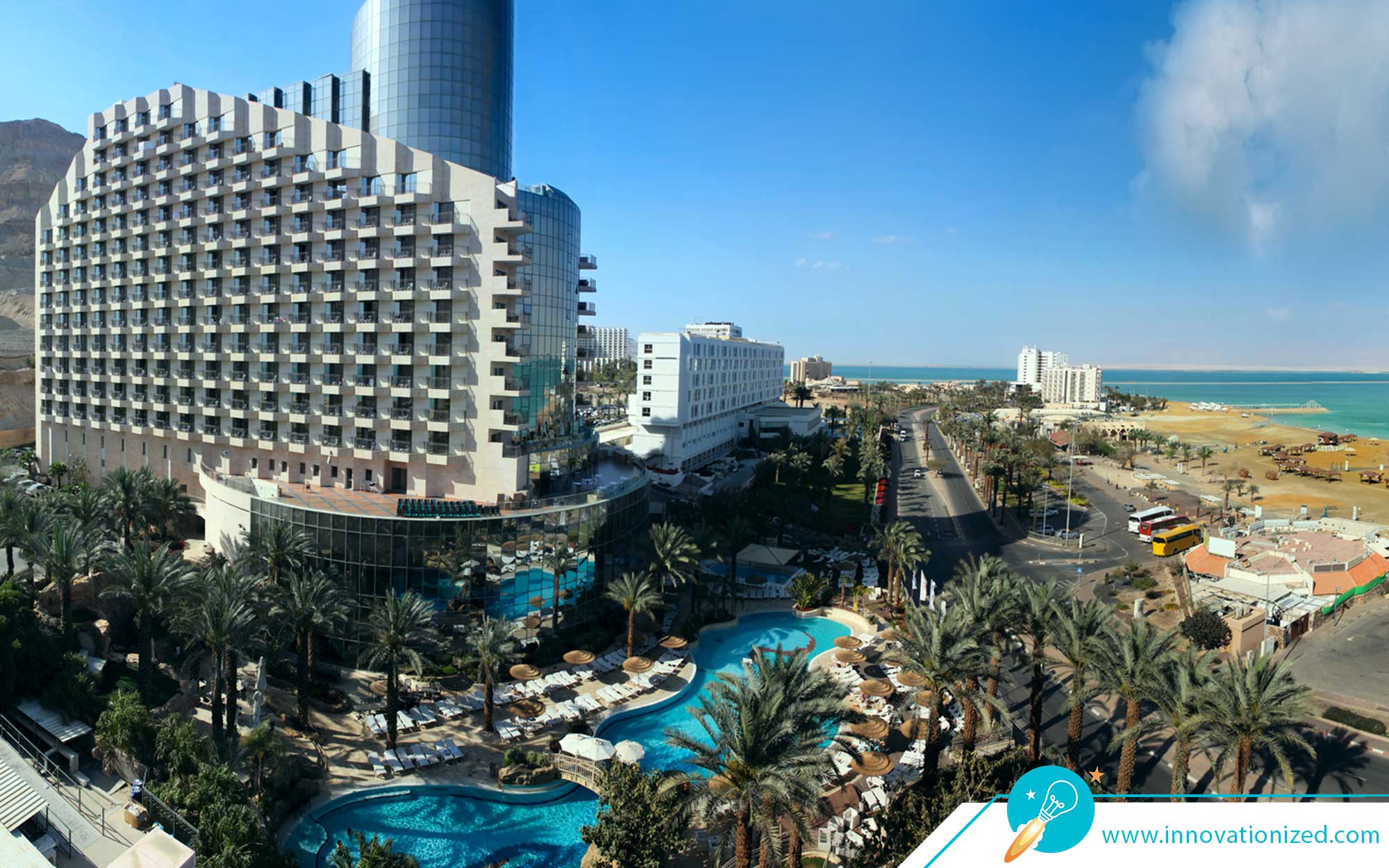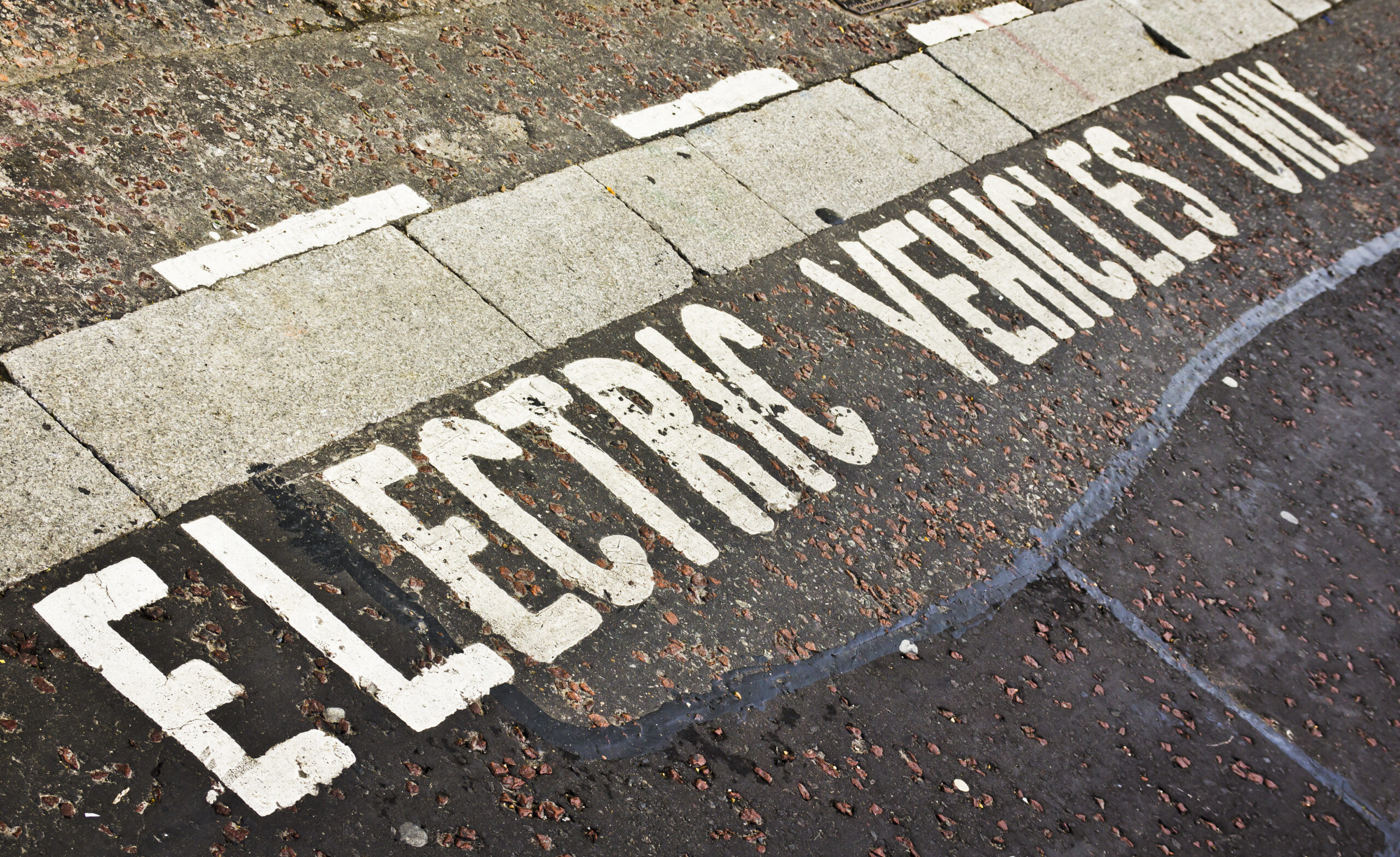Earlier this year, I was at the Kennedy Space Center to watch the launch of Axiom’s Ax-1 manned mission to the International Space Station. While there, I got to see Artemis I’s Space Launch Vehicle (SLS) standing on the launch pad. This morning, November 16, at 1:47 AM ET, Artemis I finally blasted off.
Artemis I uses NASA’s new Space Launch System (SLS), a giant, central rocket flanked by two solid rocket boosters, and powered by the powerful and reliable shuttle engines.

The SLS is designed to be more flexible for carrying different types of payloads to the moon and beyond.
It has the largest solid rocket boosters ever built. They provide 75 percent of the thrust during the critical first two minutes of the launch phase. The central or core stage holds 537,000 gallons of liquid hydrogen and 196,000 gallons of liquid oxygen.
The SLS is not quite as tall as the monster Saturn V rocket, which is another 3 stories taller, but it is more powerful, with an incredible 8.8 million lbs of thrust, versus the Saturn V’s 7.5 million lbs. This means it can carry a heavy payload, up to 101,400 lbs, while the Saturn V could carry 95,900 lbs.
Why Not Use Saturn V’s Proven F-1 Engines?
The Apollo program’s Saturn V launch vehicle used the F-1 engine, developed by Rocketdyne. According to Wikipedia, the F-1 is still the most powerful single combustion chamber liquid-propellant rocket engine ever developed. It is a proven technology for reaching the moon, so why the seemingly risky of route of redesigning and building a new platform for Artemis?
Two reasons:
One, the SLS is not wholly new, and uses components of the Shuttle missions, including the Shuttle’s RS-25 engines. Thus they are proven, require little testing, and are low risk.
“There are many components in the SLS that were proved in the Shuttle missions. That makes me confident that things will not explode.” – Paula do Vale Pereira, an assistant professor of aerospace engineering, Florida Institute of Technology
Two, and more interesting to me, is that knowledge is perishable.
Not only the technology but also the knowledge of the Saturn V system would have to be resurrected.
John Blevins, chief engineer for the SLS, said that engineers today understand the Shuttle engines far better than the older Saturn V system.
While we are often impressed by the shiny objects themselves, the knowledge and skill that is required to conceive, design, create, operate, and maintain those incredible machines is less visible and easily overlooked.
In a sense, (the hardware of) technology is more enduring than the knowledge that gave rise to it.
The rockets in NASA’s rocket garden will endure, the minds that built the technology will pass. Unless the knowledge is nurtured, used, and propagated, it too shall pass. And so with civilization in general.





